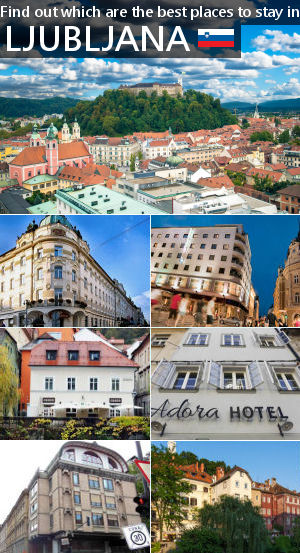Introducing The Anthony Mine Shaft In Idrija
The history of mining in the town of Idrija in western Slovenia dates back to 1490. Until the First World War Idrija’s Mercury Mine was one of the best technically equipped mines in Europe and the town was so famous that its name was used in North America for the mining town of New Idria. In 1986 the decision was made to close the mine for commercial, geological, and ecological reasons. It finally closed in 1995 but some of its shafts and facilities have remained open for tourists. Visitors can tour a portion of the closed mine, called Anthony’s Shaft, and learn about the difficult conditions endured by the mercury miners from the end of the 15th century till the end of the 20th century.
Anthony Mine Shaft Review
A first-hand experience of how mining looked in the old days is provided at the Anthony Mine Shaft, situated on the southern edge of Idrija. This remarkable network of tunnels was built in 1500 and is one-and-a-half-kilometre long, 600 meters wide and 400 meters deep.
A tour of the shaft starts in an 18th century building called the Selstev House which now serves as a museum, education centre and entry point for tours into the mine itself. At the beginning of the tour, visitors watch a twenty-minute audiovisual presentation (available in several languages) which introduces the growth of mining in Idrija with a special attention to the lives of the hard-working miners. Then, all visitors are required to put on a helmet and jacket as they are led down the shaft itself, where mining techniques of the past are demonstrated. Descending to a depth of some 100 meters below the earth’s surface, visitors pass by many small alcoves in which benches were placed for the miners to take their lunch, items of mining equipment used to drill and extract ore, and several life-size puppets of miners. The tour ends at the small underground Chapel of the Holy Trinity with statues depicting the patron saints of mining, St Barbara and St Acacius. This is where the miners offered their prayers for a safe return from their day’s work.
Scheduled tours, which last around one hour and a half start at 10:00 and 15:00, with an extra tour at 16:00 on Saturdays, Sundays and holidays, or by prior arrangements for groups. Admission €9, seniors and students €7, and children €5. Multi-vision presentation only €2. Discounts for groups of 15 or more are available. The disabled persons can watch a screening of a short film in the Selstev House and access the upper part of the shaft.
Overall, the Anthony Mine Shaft is a must-see sight for those interested in Idrija’s rich mining history.
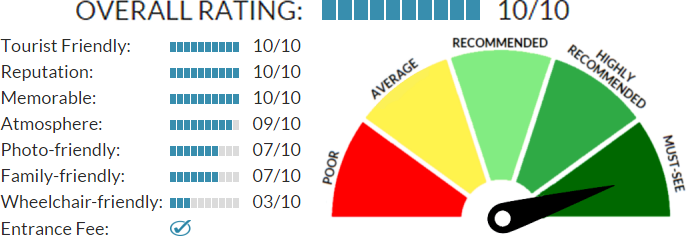
Anthony Mine Shaft Pictures
7 high-resolution photos that prove you absolutely have to visit the Anthony Mine Shaft In Idrija!
All the photos below are from the Media library of I Feel Slovenia

The Selstev House serves as a museum, education centre and entry point for tours into the mine itself. (Image by Dunja Wedam)
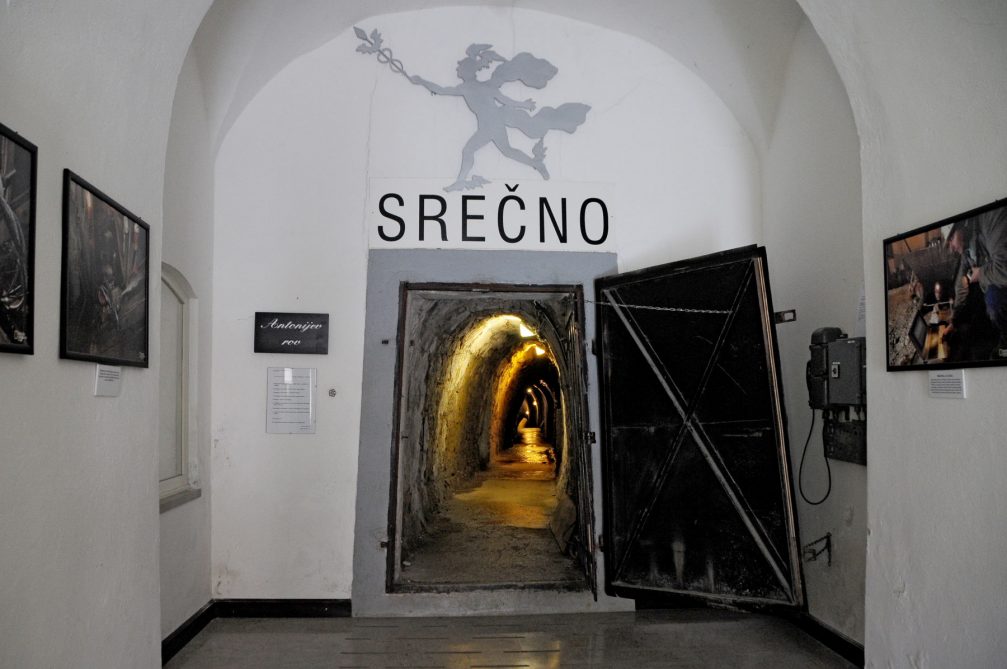
Anthony’s Shaft long served as the mine’s main entrance. It is the oldest part of Idrija’s extraordinary expansive underground world, which was once comprised of some 700 kilometres of shafts. (Image by Dunja Wedam)
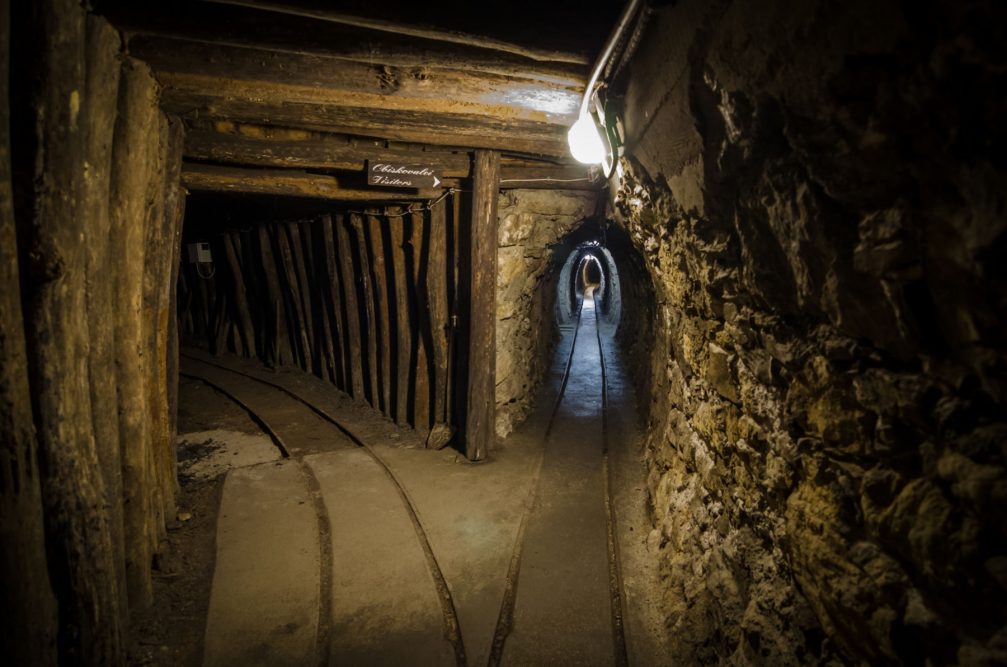
Having donned jacket and helmet, visitors are led some 100 meters below the earth’s surface. (Image by Marko Sinkovec)
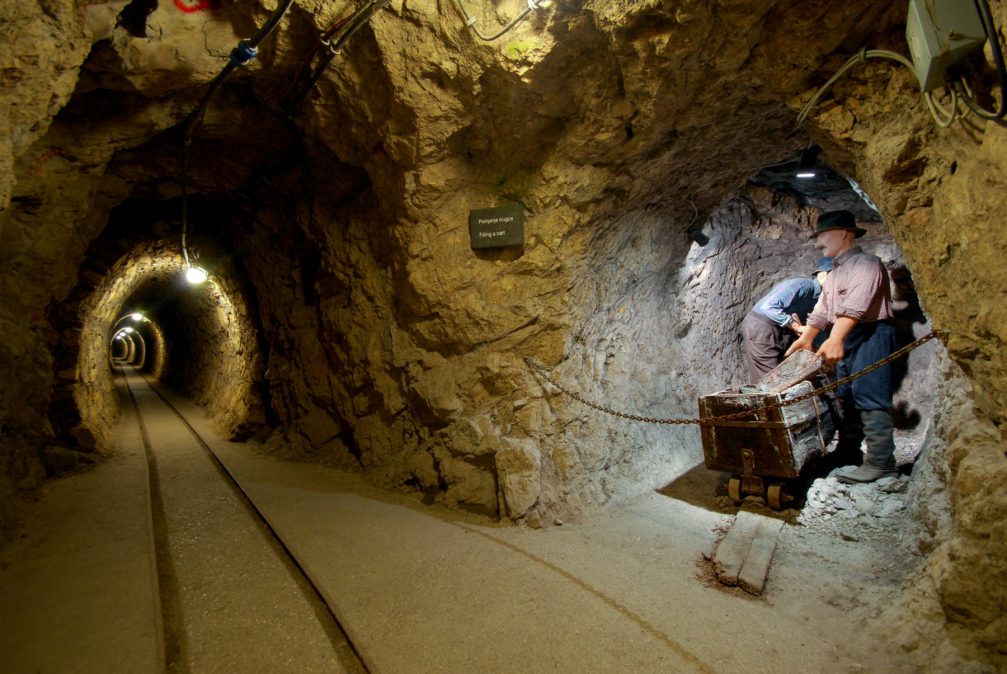
Visitors pass by several life-size puppets of miners. (Image by Jani Peternelj)
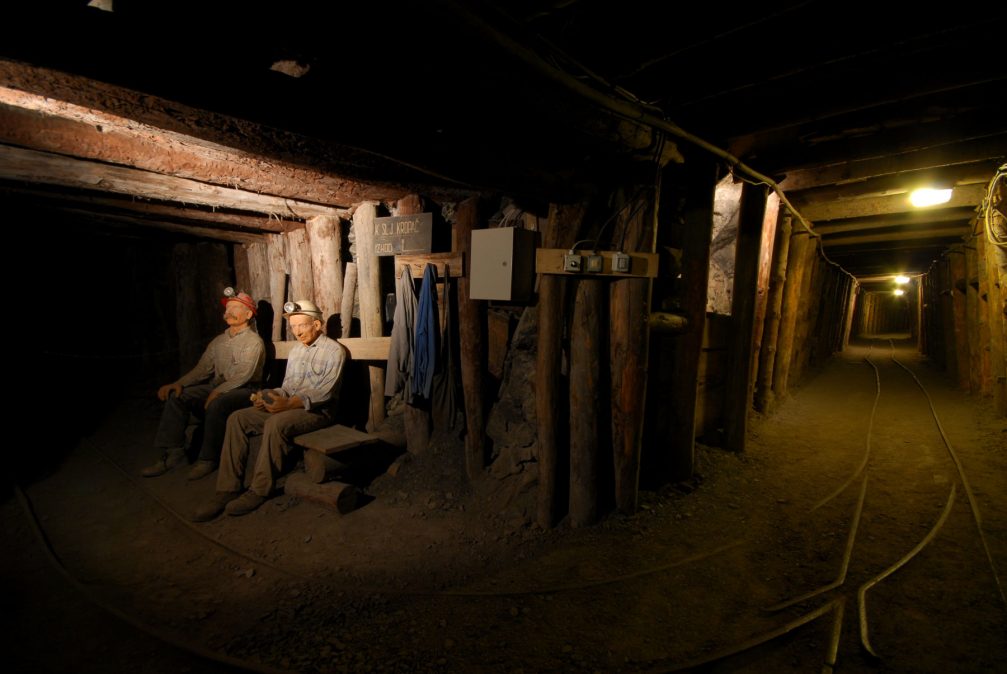
The shaft is a true ‘living’ museum, allowing you to get a feel for the working conditions of mercury miners in Idrija. (Image by Jani Peternelj)
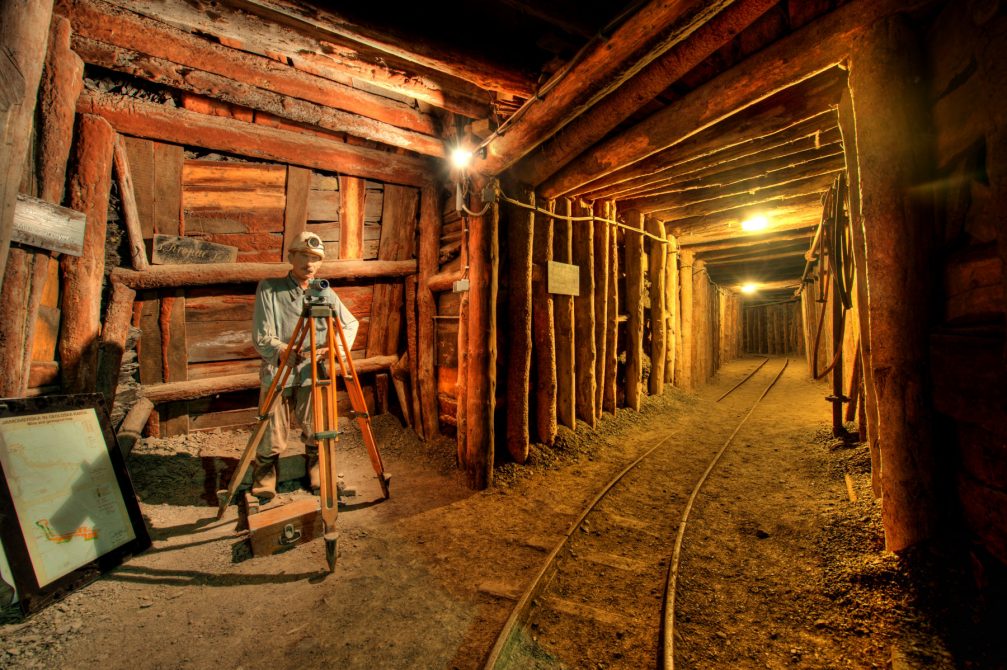
While the majority of the mine was backfilled before being officially closed in 1995, part of that still open has been set up for tours. (Image by Samo Trebizan)
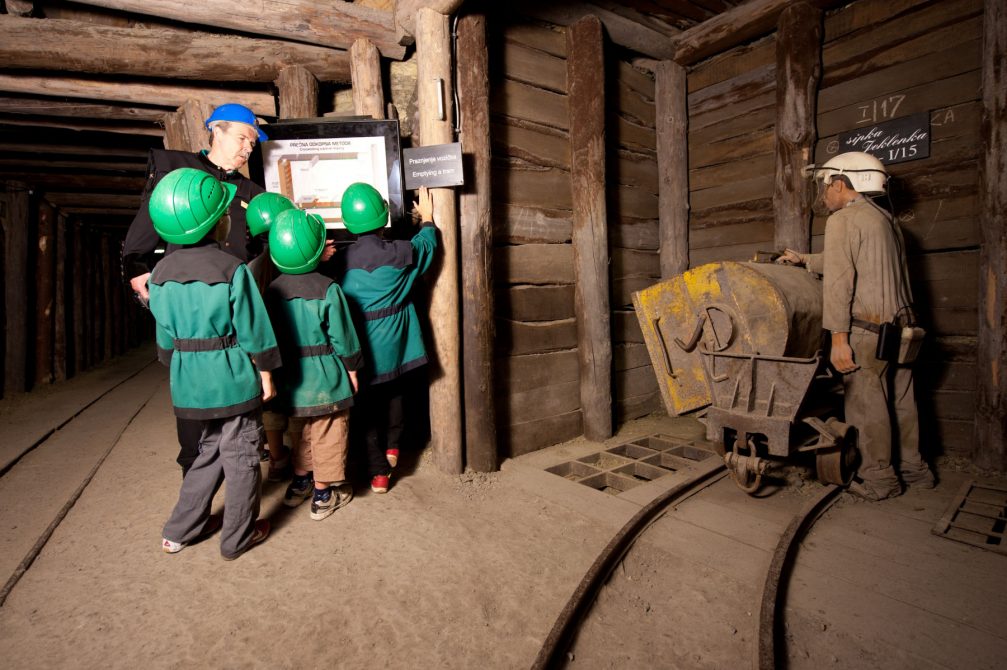
These unique tours take visitors some 100 meters below the earth’s surface and provide a first-hand experience of the conditions the miners worked under. (Image by Samo Trebizan)
Location of the Anthony Mine Shaft in Idrija on the map
Address: Kosovelova 3, 5280 Idrija, Slovenija
Latitude and Longitude Coordinates: 45.999639, 14.022603
GPS coordinates: 45° 59′ 58.7004” N 14° 1′ 21.3708” E
Traditional region: Littoral (Slovene: Primorska)
Statistical region: Gorizia
Municipality: Idrija
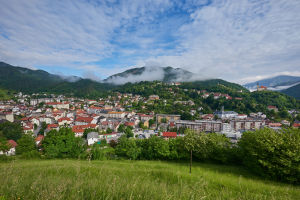 Idrija is a lovely small town with a population of just under 6,000 in western Slovenia that lies at the base of a valley, amid green hills and is crossed by the Idrijca river. It has a typical central-European architecture and you can see a strong influence of the Austro-Hungarian empire, especially in the town's main buildings. Today, Idrija is best known for three things: a mercury mine (the reason for Idrija's spot on UNESCO's World Heritage list), intricate locally made lace and zlikrofi (a traditional Slovenian dish from Idrija). |
| |
|---|
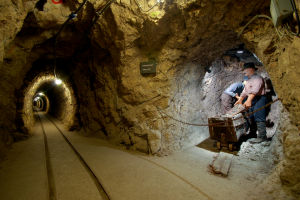 Overall Rating: The history of mining in Idrija dates back to 1490. Until the First World War Idrija's Mercury Mine was one of the best technically equipped mines in Europe. In 1986 the decision was made to close the mine. Today, visitors can tour a portion of the closed mine, called Anthony's Shaft, and learn about the difficult conditions endured by the mercury miners from the end of the 15th century till the end of the 20th century. |
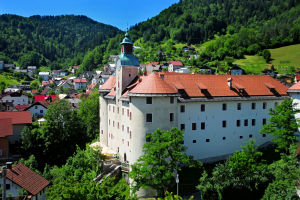 Overall Rating: The Gewerkenegg Castle stands atop a small hill on the western edge of the small mining town of Idrija in western Slovenia. It was built between 1522 and 1533 to serve as the administrative headquarters of Idrija's mercury mine. Today, the castle houses the award-winning Idrija Municipal Museum featuring the excellent collections which deal with mercury, lace and Idrija's history.. |
  Overall Rating: One of the most interesting examples of mining technology that still exists in Idrija is the Kamst, an impressive waterwheel made of wood in 1790 to pump the water out of flooded mineshafts below. With a diameter of 13,6 meters, it is the largest preserved wooden waterwheel in Europe. It operated uninterrupted for 158 years until 1948. It stands on its original location in a stone building on the western outskirts of town. |
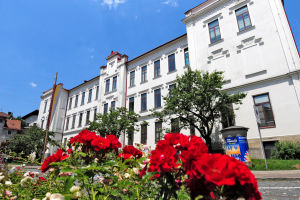  Overall Rating: The Idrija Lace School is a recognized and valued institution among professional circles in Europe. It offers quality education for students and adults in lace-making, maintains and develops this rich treasury of knowledge, and consequently enhances the quality of the lace produced in Idrija. In the school, there's a showroom where visitors can see the remarkable pieces made by students of the school. There's also a small shop with items for purchase. |
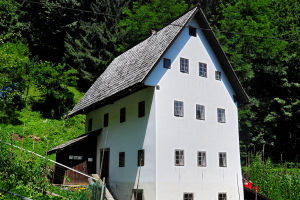  Overall Rating: The history of Idrija's days as a mining town is apparent in the numerous sights in the town and its surroundings. One such very interesting sight to visit, representing the former way of life of miners' families, is the 18th-century Miner's House, or Rudarska Hisa as it is called in Slovene. It stands in the Bazoviska street on a slope facing the town below, not far from Idrija's town centre. |
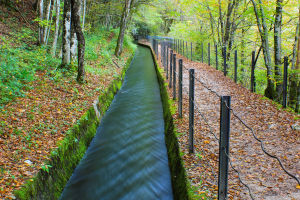  Overall Rating: The Rake water channel in Idrija was built at the end of the 16th century to support the mercury mine operations. Initially, the water channel was wooden, but in the second half of the 18th century it was enclosed with stone. Along the water channel, there's a two-and-a-half-kilometre-long nature learning path unveiling Idrija's treasures of geology, flora and cultural history.. |
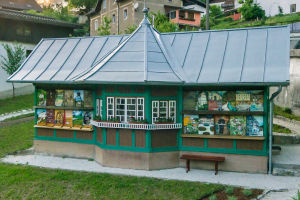  The Idrija Municipal Apiary stands behind the Church of the Holy Trinity, only a short walk from the center of Idrija. This highly crafted and extremely well executed and painted apiary is one of the most important structures of Slovene beekeeping. It was built in 1925 and completely renovated in 2013. |
| |
|---|
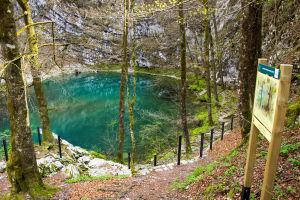  Overall Rating: Wild Lake or Divje Jezero as it is called in Slovene is a very unique and mysterious karstic lake located in Idrijski Log near the town of Idrija in western Slovenia. Since 1967, the lake has been protected as a natural monument of national significance of Slovenia. In 1972, the area of the lake was arranged into the first Slovenian outdoor museum in nature. In 1997 divers descended to 170 meters (558 feet), yet did not reach the bottom. |
| The accommodation options in Idrija can be divided into six main categories: hotels, guest houses, B&Bs, apartments, farm stays and hostels. |
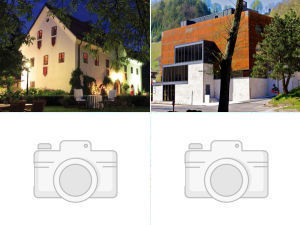  There are two hotels in the Idrija area. We have reviewed and rated them both, so, if you're planning to visit Idrija and would like to stay in a hotel, read on and find out which one best suits your needs. |
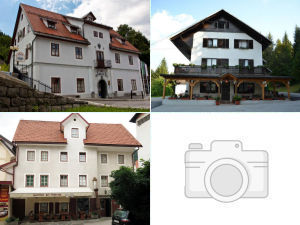  Guest houses are a very popular form of lodging in Slovenia and have been in use for many decades. We stayed at four different guesthouses in the Idrija area and would like to recommend two of them. |
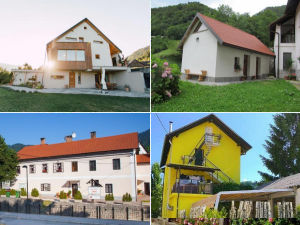  If you like complete privacy, comfort, want to be able to cook your favourite meals, or just look for a cheaper and better alternative to hotels, then Idrija apartments are meant for you. They usually have nice modern furniture and all the necessary equipment, including a well equipped kitchen and a modern bathroom. |
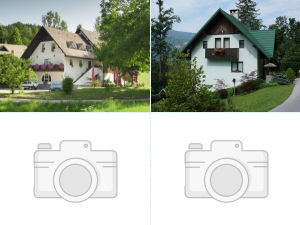  Bed and breakfasts are an inexpensive and relaxing alternative to a classic hotel for your stay, but currently we can recommend only one B&B in Idrija. |
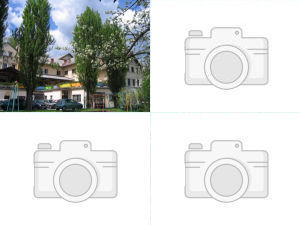  Idrija is a small town and only has one hostel. Find out if it suits your needs. |
  Farm stays are a great way of bringing your family together and experiencing another way of living. Find out which farm stay in the Idrija area we recommend! |


